Q Why go green?
Two things come to mind. Do you care about the future of the planet? If you do, you need to do something. But a more compelling reason for businesses to go green could be that you do get a good payback on doing so. It doesn’t matter what size your business is. We only have two shops, albeit quite big shops, and we have seen a good return.
Q So what have you done?
The biggest thing we did was put in chiller doors. For me, the investment was £30k in each store. At current energy prices, that will pay back in five years. Given that energy prices are going up, the payback will actually be sooner than that. I would say the average life of a chiller is somewhere between 10 and 15 years. Both of the chillers were about five years old when I fitted the doors. I was fairly confident I would have them for more than five years, so I knew that at the very least it wouldn’t cost me anything.
If your chillers are more than 10 years old it would probably be better to replace them. We had freezers in our Crouch End store, in north London, which were 14 or 16 years old and we replaced them purely because they were so inefficient. We will get a payback of less than three years, just by replacing them.
Meet this month’s master
Andrew Thornton operates two Budgens stores in Crouch End and Belsize Park, north London. His Crouch End store was named ‘Budgens Store of the Year 2012’ by Musgrave Group. The judges cited his focus on customer service, involvement in community projects and the range of initiatives he’s instigated to reduce his business’s environmental footprint as reasons for his win. These include the ‘Food from the Sky’ project, for which Thornton converted the roof of his 9,000 sq ft Crouch End store into an allotment providing fresh produce to be sold in the store
Q What else have you done?
We have saved 10% on our energy bills by monitoring what’s going on in our stores, using monitoring equipment from a company called Eco-monitor. We ended up switching our refrigeration contractor to one that was doing a better job. If equipment isn’t maintained properly, it won’t run properly or efficiently. We felt we needed a contractor who cared about and understood what we are trying to do. We’ve done a lot of work on trying to make our plant more efficient by reducing the number of condensers we use on our chillers and we are looking at a payback of 18 months on that work. We’re also trialling a new refrigerant gas that we hope to make savings on.
It’s a continuous process - there are far more things we hope to do to both take care of the environment and save money, which in this economic climate, is really important.
Q What about lighting?
That’s about 16% of total store costs. We’ve just put in LED lighting into our Belsize Park store. I believe LED lighting uses only 10% of the energy of conventional lighting and it is guaranteed for five to seven years, so you don’t have a situation where you are constantly changing light bulbs.
At Belsize Park we are trying to improve energy efficiency and improve the quality and quantity of the lighting. We spent about £13k on that, and if we were just looking to improve the efficiency we would be looking at getting a payback in less than three years.
As we have increased the lighting, it will take longer than that. We had been looking at LED lighting for more than three years and a lot of the lighting we’ve seen isn’t very good - you can get a harsh, blueish light - but now we have found the right system. It’s good to make changes that are positive for the environment, but if it makes your store look rubbish, there’s absolutely no point.
Q Your stores have floor spaces of 7,000 and 9,000 sq ft. How can smaller operators make savings?
Measuring where your energy is going is very important. It’s really difficult getting an idea of what’s going on just by looking at an electricity bill, so it is worth looking at using smart meters or monitors to measure this. The other thing is, it’s proven that chiller doors and LED lighting have a good return. With any investment it’s important to look at the life-cycle costs rather than just the initial capital costs. With energy costs increasing that’s going to become increasingly important.


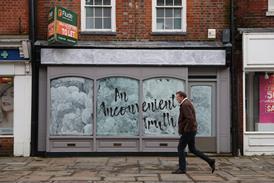




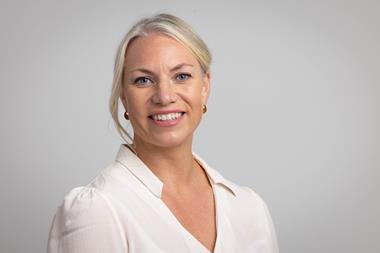
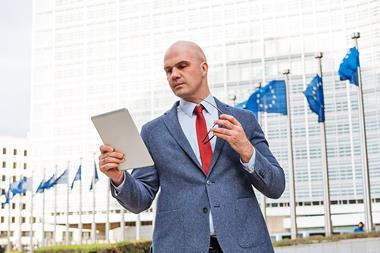

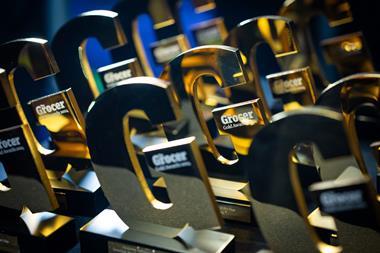


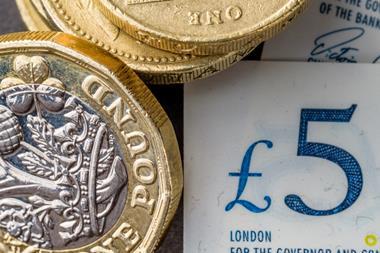

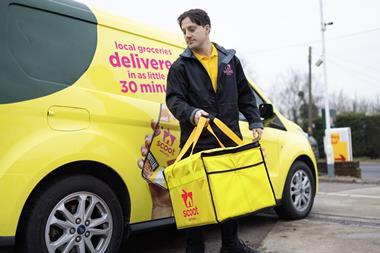
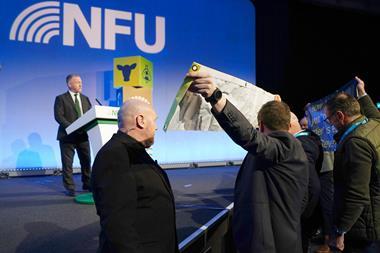
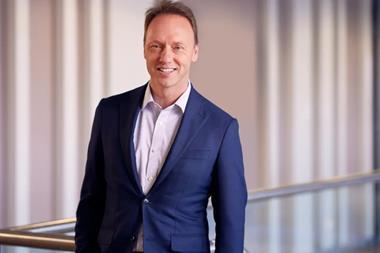

1 Readers' comment